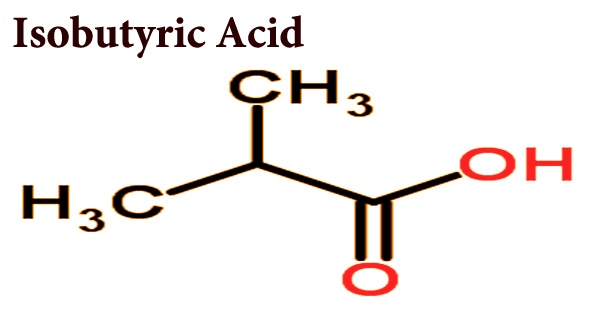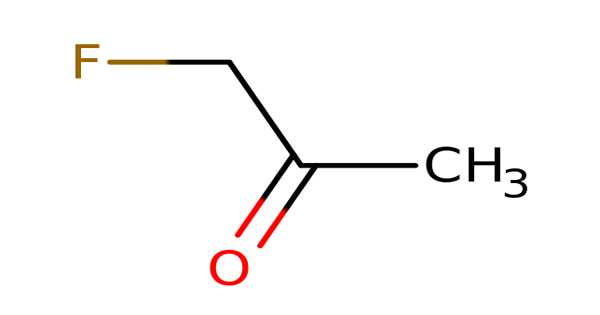Phosphorus is an element that one will under no circumstances find freely in our environment. It is extremely reactive. Phosphorus is in Period 3 and Group 15 of the periodic table. It has 15 protons, so it has the atomic number 15. This also means it is the 15th element on the periodic table. The chemical symbol for phosphorus is P.
The Physical and Chemical Properties are the characteristics of a substance, like Phosphorus, which distinguishes it from any other substance. Most common substances, like Phosphorus, exist as the States of Matter as solids, liquids, gases, and plasma.
The two main forms of phosphorus are white phosphorus and red phosphorus. White phosphorus is a poisonous waxy solid and contact with skin can cause severe burns. It glows in the dark and is spontaneously flammable when exposed to air. Red phosphorus is an amorphous non-toxic solid.
Hennig Brand, a German, discovered phosphorus quite by accident in 1669 while processing urine in search of a compound that would turn ordinary metals into gold. According to the Jefferson National Linear Accelerator Laboratory, there would have been an easier way: Phosphorus is now mostly isolated from the rock phosphate.
Facts –
According to the Jefferson Lab, the properties of phosphorus are:
- Atomic number (number of protons in the nucleus): 15
- Atomic symbol (on the Periodic Table of Elements): P
- Atomic weight (average mass of the atom): 30.973762
- Density: 1.82 grams per cubic centimeter
- Phase at room temperature: Solid
- Melting point: 111.57 degrees Fahrenheit (44.15 degrees Celsius)
- Boiling point: 536.9 F (280.5 C)
- Number of isotopes (atoms of the same element with a different number of neutrons): 22; 1 stable
- Most common isotopes: Phosphorus-31 (100 percent natural abundance)
Natural abundance –
Phosphorus is not found uncombined in nature but is widely found in compounds in minerals. An important source is phosphate rock, which contains the apatite minerals and is found in large quantities in the USA and elsewhere. There are fears that ‘peak phosphorus’ will occur around 2050, after which our sources will dwindle.
White phosphorus is manufactured industrially by heating phosphate rock in the presence of carbon and silica in a furnace. This produces phosphorus as a vapor, which is then collected underwater. Red phosphorus is made by gently heating white phosphorus to about 250°C in the absence of air.
Physical Properties of Phosphorus –
The Physical properties of Phosphorus are the characteristics that can be observed without changing the substance into another substance. Physical properties are usually those that can be observed using our senses such as color, luster, freezing point, boiling point, melting point, density, hardness, and odor.
The three main types of elemental phosphorous are red, white, and black. These are allotropes or different molecular forms. Allotropes have different arrangements of atoms from each other. Each of these phosphorous types has different properties and uses.
Red Phosphorus: Red phosphorus is the most common form of phosphorus. It is amorphous, meaning that the atoms are randomly arranged. Red phosphorus is not toxic and primarily used as an igniter for matches.
White Phosphorus: White phosphorus is poisonous and can burn you if it touches your skin. It exhibits chemiluminescence, or emission of greenish light when it is in the presence of oxygen molecules. White phosphorus is also pyrophoric, meaning that it can ignite spontaneously when it is exposed to air. It is primarily used in bombs for warfare.
Black Phosphorus: Black phosphorus is very stable and can conduct electricity. However, black phosphorous is very hard to synthesize because it requires very high pressure. While it may be used one day in electronic devices, it is currently not used in any applications.
Uses of Phosphorus –
By far the largest use of phosphorus compounds is for fertilizers. Ammonium phosphate is made from phosphate ores. The ores are first converted into phosphoric acids before being made into ammonium phosphate.
Phosphorus is also important in the production of steel. Phosphates are ingredients in some detergents but are beginning to be phased out in some countries. This is because they can lead to high phosphate levels in natural water supplies causing unwanted algae to grow. Phosphates are also used in the production of special glasses and fine chinaware.
Information Sources:
















